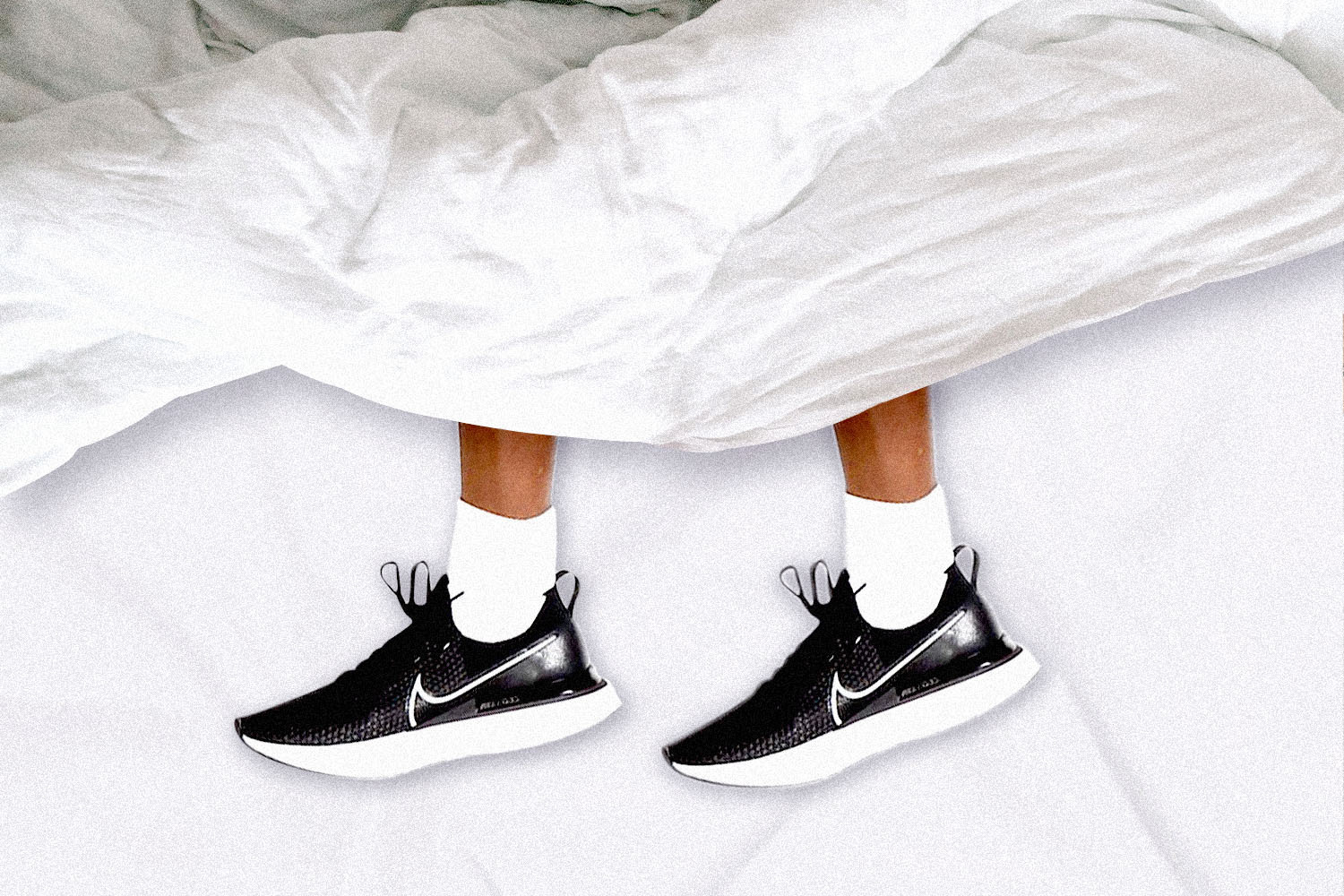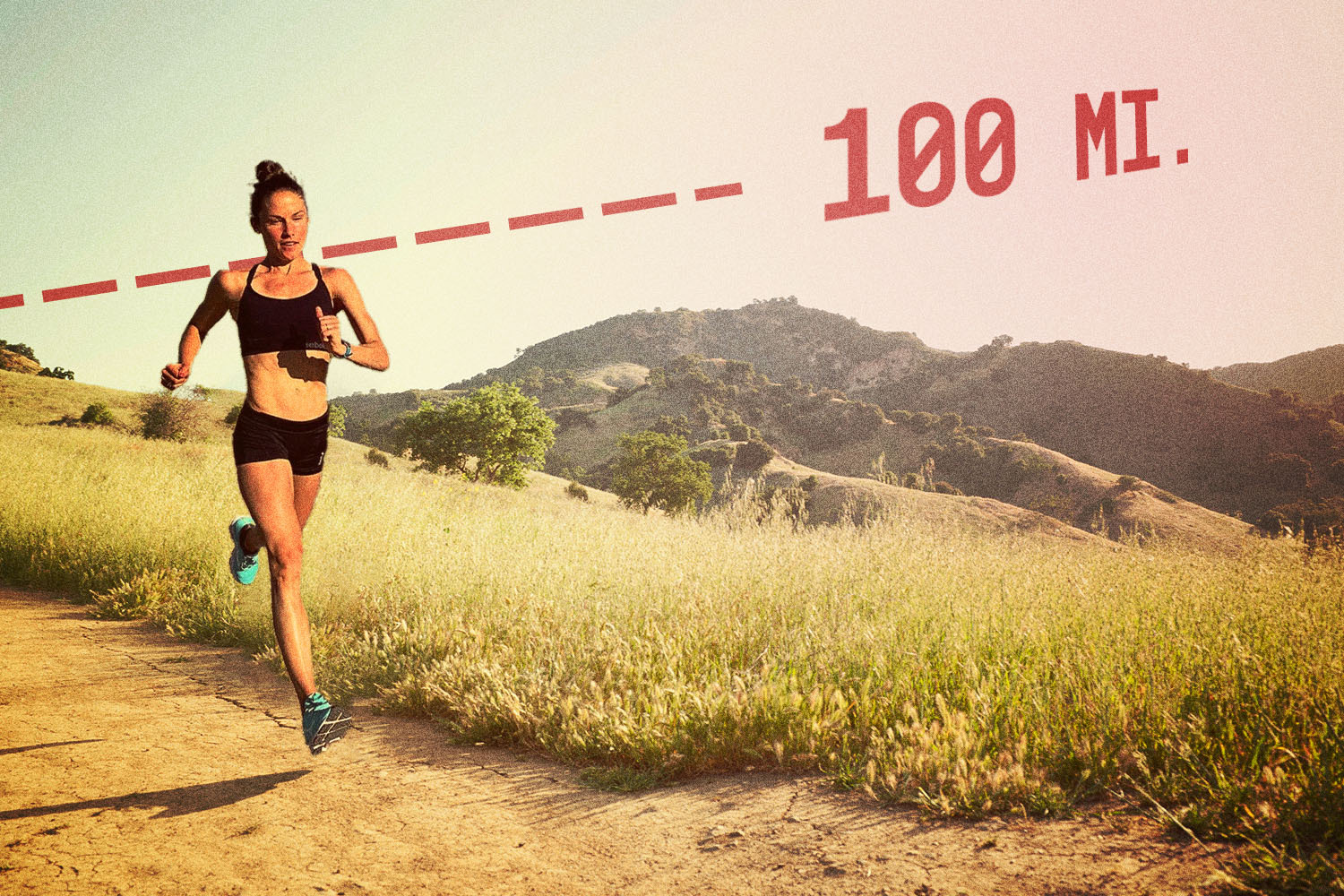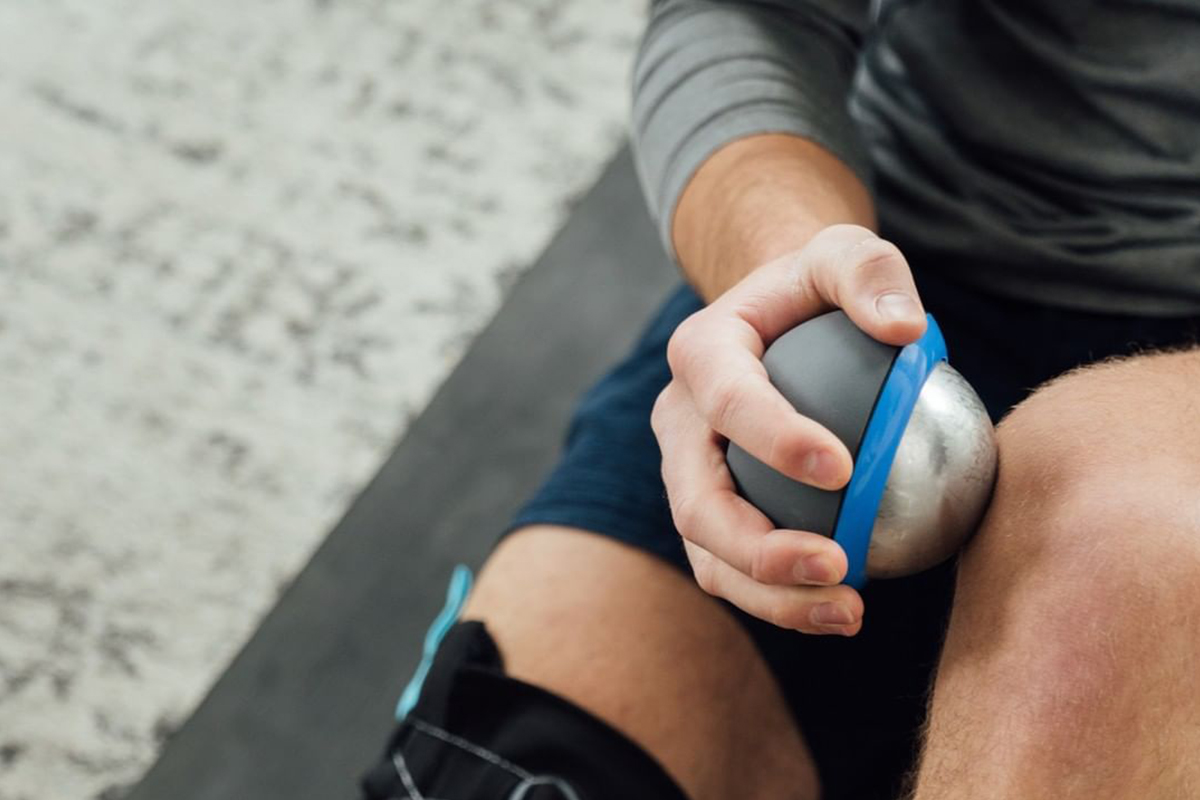Nota bene: If you buy through the links in this article, we may earn a small share of the profits.
Do it long enough and running becomes one long quest for marginal performance gains. The miles and workouts and races stack up, of course, but so do the so-called little things. From smart insoles, running power meters and super shoes to pneumatic compression boots, altitude chambers and every supplement under the sun, there’s not much we won’t do (or pay for) in exchange for a quicker recovery or faster PR.
One of the stranger trends that’s taken off in recent years involves a reusable version of those foam toe separators normally associated with drying pedicures. Also referred to as toe spreaders, toe spacers and sometimes by the brand name YogaToes, they’re now used for a whole lot more than protecting fresh nail polish. Purported — though not yet proven — benefits of toe separators include pressure relief, foot realignment, increased blood flow and injury prevention (especially when it comes to plantar fasciitis, bunions and hammertoes). Anecdotally, many runners claim that toe separators speed up recovery from all the pounding their feet endure, help fend off chronic and unwanted foot issues and gift TLC to toes, which carry a disproportionate share of the load of running.
That last part is the kicker. Unlike dynamic stretching or foam rolling, there is literally no effort required when it comes to using the toe separators. Assuming you order the appropriate size (most pairs fit a wide range of shoe sizes), it should slide between your toes with just a little jiggering. Depending on the brand you choose, yours may look like 5 connected rings that slide right onto your toes; they may detach so that the top half clamps down on the bottom half once your toes are nuzzled in; or they be the exact ones you roll out of a nail salon in. Regardless of the aesthetics, the standard protocol is to start small — 10 to 15 minutes max — and gradually work your way up to a half hour of continuous wear. A little discomfort for first-timers is not unusual, nor is some initial skepticism.
I can relate. Until about two weeks ago, I didn’t really get the craze. Despite all the photos I’d seen of pro runner friends sporting their funny-looking toe gadgets — usually before bed, in between sessions or en route to a race — I seriously wondered what they were getting out of the practice. Did they all have similar foot issues? Were they onto something the rest of us weren’t? Or was this just another recovery flavor of the season, all the rage now but already on its way out? (For more on those, check out Christie Aschwanden’s Good to Go: What the Athlete in All of Us Can learn from the Strange Science of Recovery).
There was only one way to put my curiosity to rest: do a little toe spreading myself. A quick search indicated that I had dozens of options, ranging in price from about $5 to $40. After sifting through models that include forefoot padding, some that look like rigatoni noodles for your toe, and others that are essentially reusable (and sparkly) takes on the post-pedi variety, I ultimately opted for the brand that’s come across my radar more than any other: YogaToes. In addition to male and female versions of the original model, there’s also a newer product called YogaToes GEMS ($29.95). Both styles are made of medical grade gel (that’s BPA- and latex-free), with the same intention: to stretch, align and relax your toes, all while staving off pesky foot problems.
For good measure, I tried both the female YogaToes and the GEMS, and right off the bat, I preferred the latter. They’re open at the top (unlike the originals), easier to slide my toes into and more comfortable once on. “Comfortable,” I must admit though, is a bit of a stretch. The first few times I wore them, I felt an unnatural stretch — not painful, but also not “the instant therapeutic relief” that’s advertised. But once I removed them after the recommended 10-15 minutes, my perception changed. That is when the relief hit. Walking around, my toes felt relaxed and splayed, almost like they’d just been set free from a pair of too-tight shoes. The sensation didn’t last long, but then again, I’d only spent about 1% of my day in the toe separators. It’s reasonable to expect that more regular use, for longer stints, will create a prolonged sense of that happy-foot feeling.
All that said, two weeks in my GEMS hasn’t totally wiped out my skepticism around toe spreaders — or any other tool or exercise that assumes magic bullet status. If you’re a runner who wears constricting heels all day, someone has a history of foot injuries or one who simply feels awesome after wearing them, you’re probably a good candidate for incorporating toe separators into your recovery routine. But if your main reason for working on your toe splay is to replicate your favorite pro, or to keep up with the latest fitness fad, you may want to let yourself off the hook. None of us know what exactly they can or can’t do for your feet. More certain is the reality that, in the grand scheme of things, it’s the training and the recovering that make champions — toe separators optional.
We've put in the work researching, reviewing and rounding up all the shirts, jackets, shoes and accessories you'll need this season, whether it's for yourself of for gifting purposes. Sign up here for weekly style inspo direct to your inbox.






















